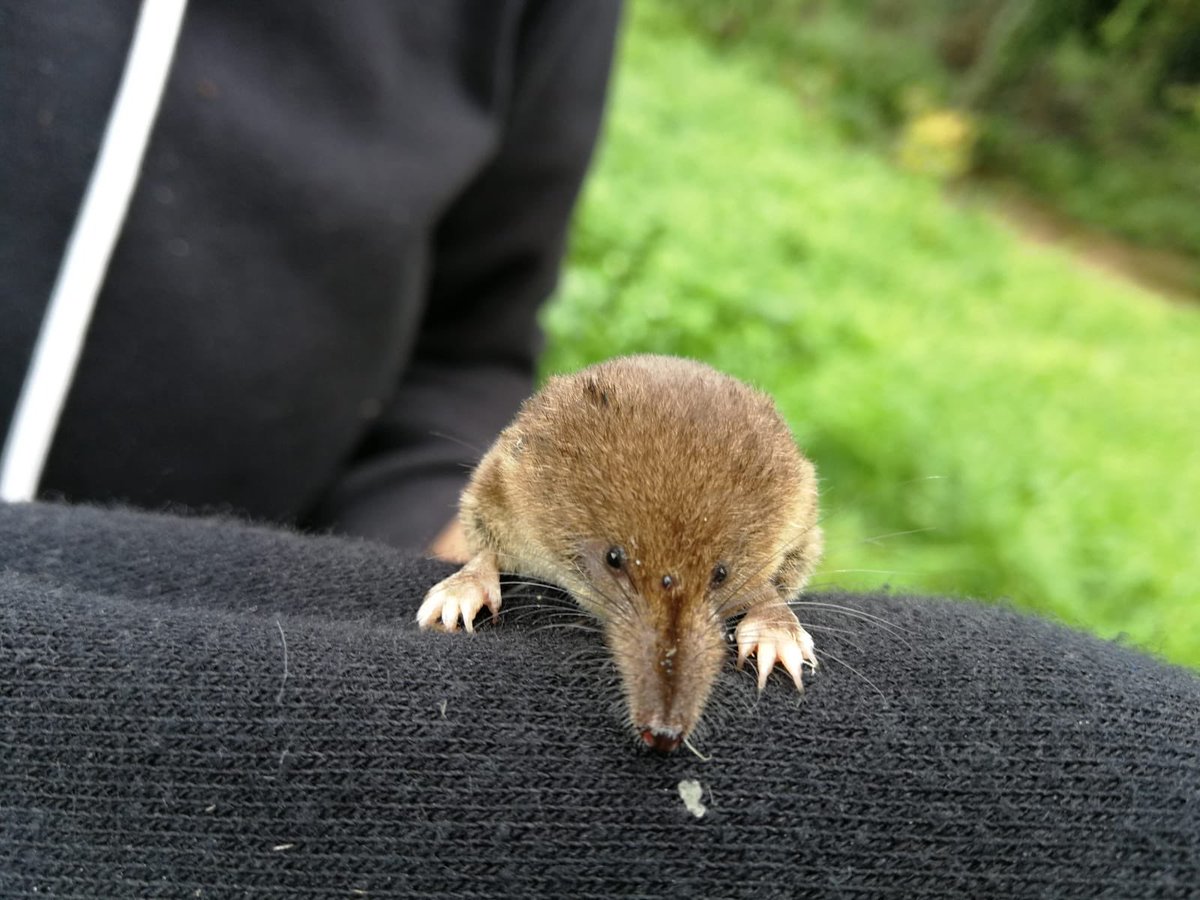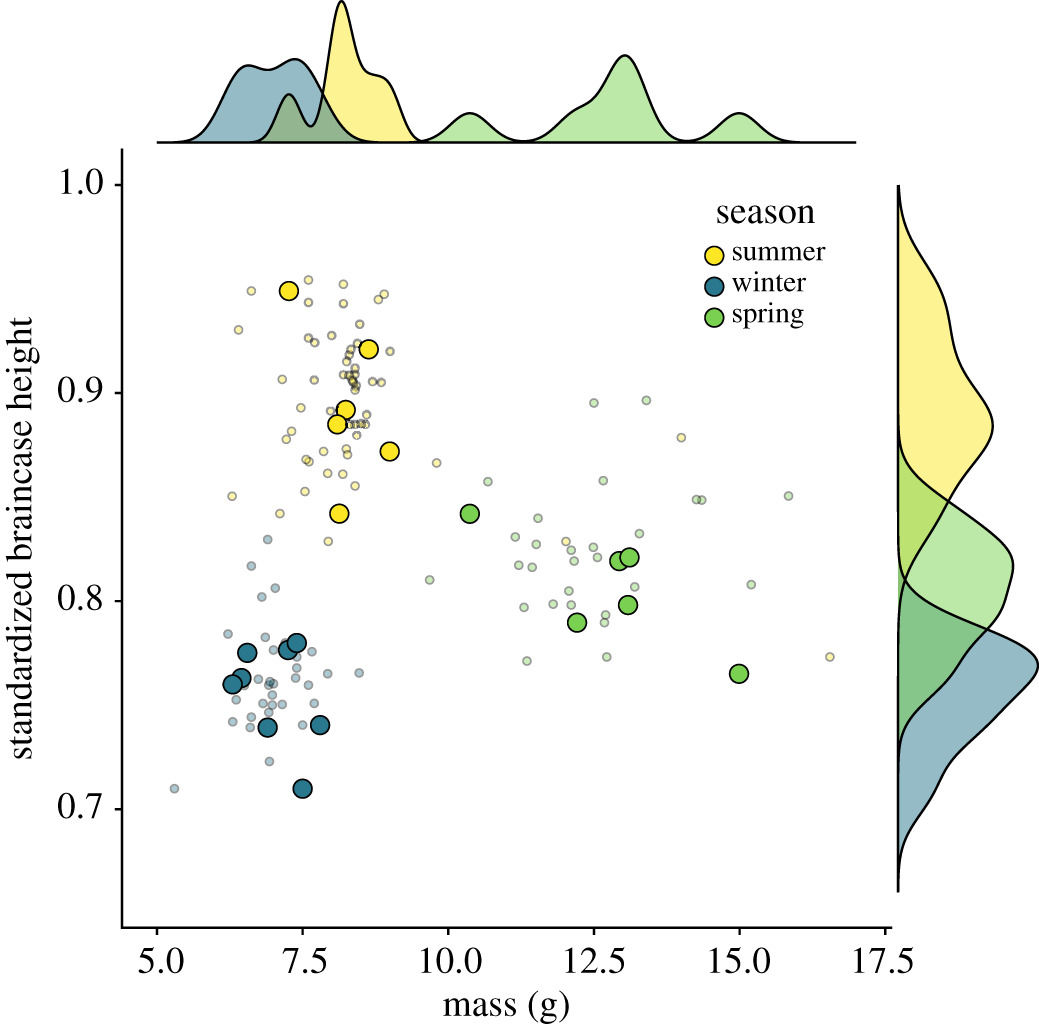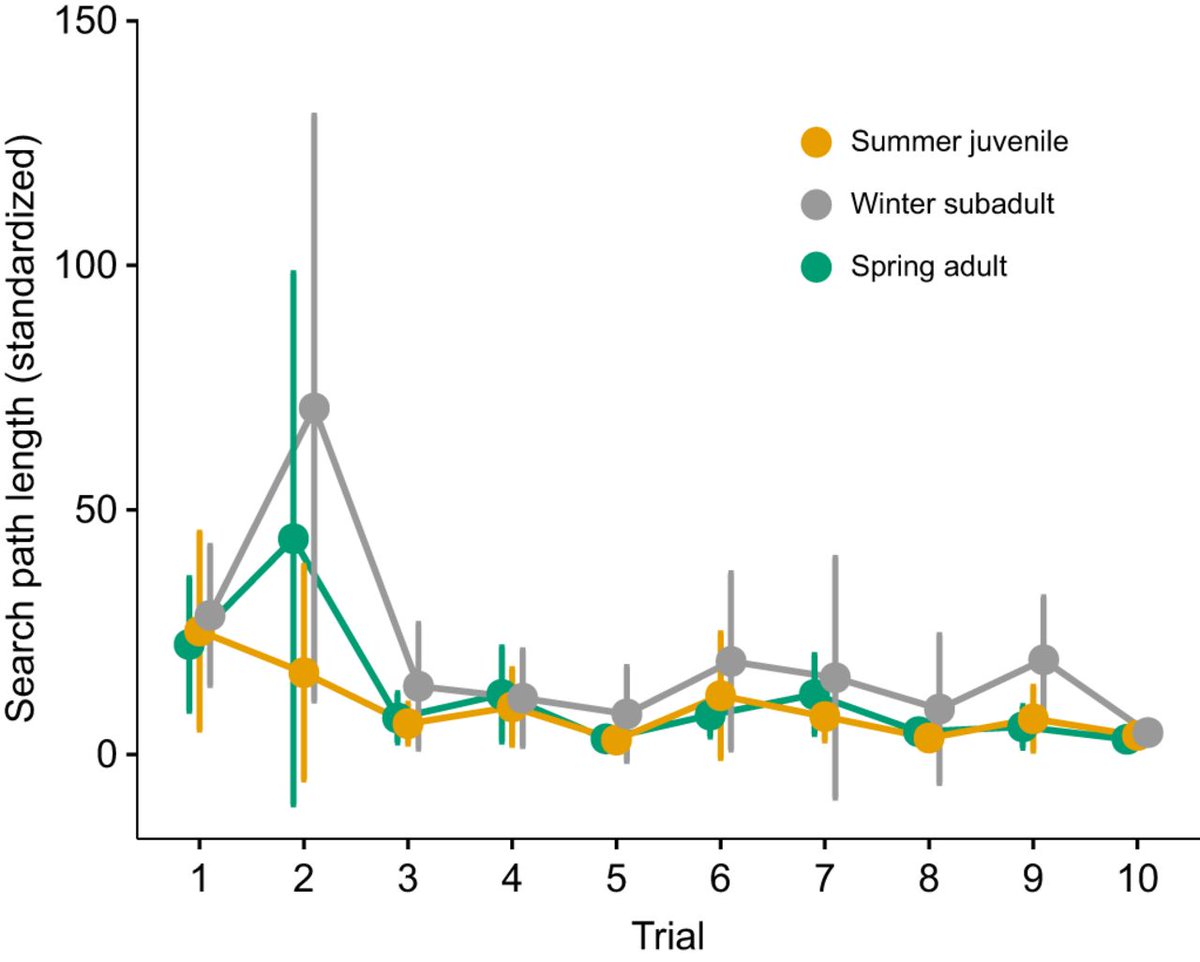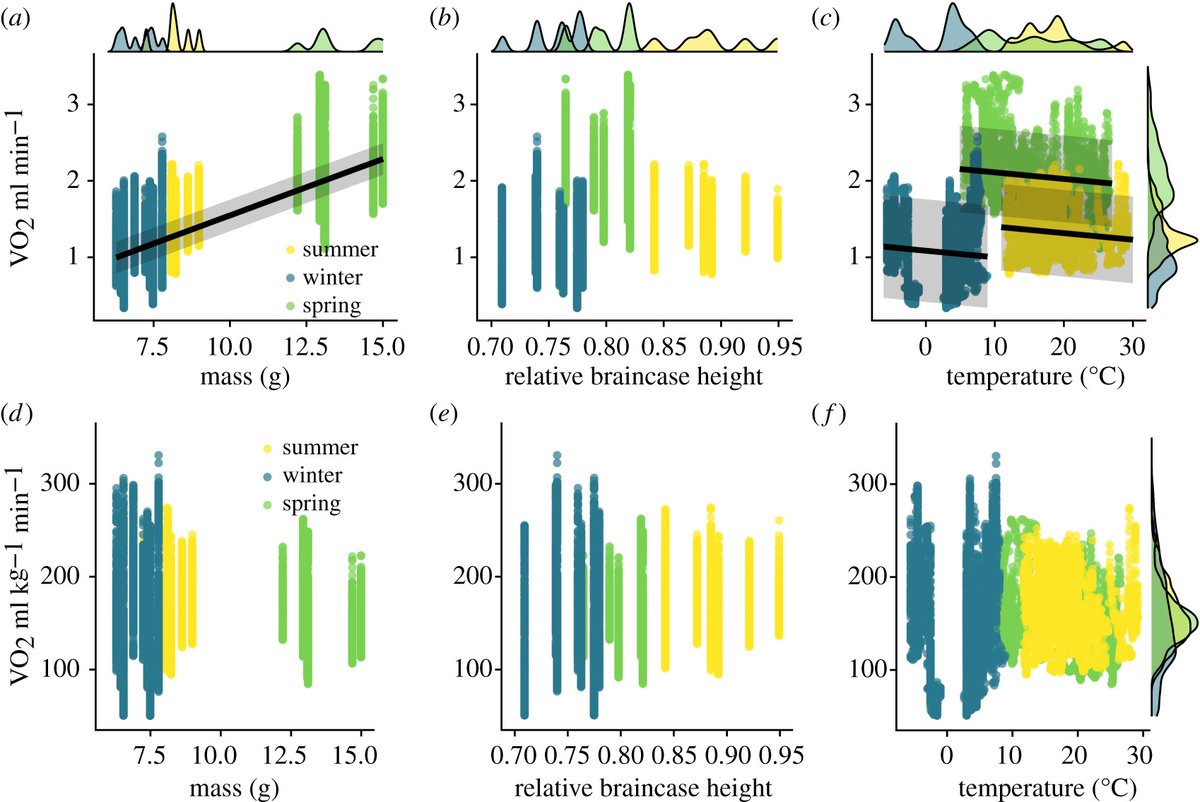New @RSocPublishing science today! Red-toothed shrews don& #39;t make any sense <again>, and their metabolisms don& #39;t change much over a 30 degree temp range -- it& #39;s all about their shrinking body size. A thread.
https://royalsocietypublishing.org/doi/10.1098/rsos.191989">https://royalsocietypublishing.org/doi/10.10...
https://royalsocietypublishing.org/doi/10.1098/rsos.191989">https://royalsocietypublishing.org/doi/10.10...
Red-toothed shrews are crazy. They go through a seasonal change in body size called the Dehnel& #39;s Phenomenon where they shrink their skulls, brains, and the rest of their body in anticipation of winter AND THEN REGROW IT ALL AGAIN in the spring.
Dehnel described this in a large cross section of red-toothed shrews (Sorex aranaeus). But Javier Lázaro & @dechmannlab, including @sdlapoint show that this shrink-regrow pattern happens in individuals too.
https://www.sciencedirect.com/science/article/pii/S096098221731093X">https://www.sciencedirect.com/science/a...
https://www.sciencedirect.com/science/article/pii/S096098221731093X">https://www.sciencedirect.com/science/a...
And that this can have behavioral and cognitive outcomes, with smaller-brain winter subadults taking longer to learn a spatial foraging task.
https://jeb.biologists.org/content/221/2/jeb166595">https://jeb.biologists.org/content/2...
https://jeb.biologists.org/content/221/2/jeb166595">https://jeb.biologists.org/content/2...
So why do this? Shrews don& #39;t hibernate, are active all winter, and need to feed every 90 minutes or so. They have amazingly dense fur in the winter. So we wanted to test how their metabolic rates vary with ambient temperature (oxygen consumption measured w @SableSys respirometry)
Shrews had their chambers placed outside, with access to running wheels (they love these), bedding, and were fed every 90 minutes over 12 hour period. We also filmed the shrews to calculate activity budgets.
And the major influence on their metabolic rate was just their body size, with a minor effect of temperature within each season. Brain size had no effect. And when you standardize for their body size, all effects *poof* go away.
Individual expensive tissues don& #39;t guide these shrew adaptations - maybe b/c the entire shrew is an expensive tissue. They have really fast metabolic incorporation rates and fat turnover https://jeb.biologists.org/content/220/15/2834,">https://jeb.biologists.org/content/2... and so many other crazy physiological adaptations.
Shrews = https://abs.twimg.com/emoji/v2/... draggable="false" alt="🔥" title="Fire" aria-label="Emoji: Fire">
https://abs.twimg.com/emoji/v2/... draggable="false" alt="🔥" title="Fire" aria-label="Emoji: Fire"> https://abs.twimg.com/emoji/v2/... draggable="false" alt="🔥" title="Fire" aria-label="Emoji: Fire">
https://abs.twimg.com/emoji/v2/... draggable="false" alt="🔥" title="Fire" aria-label="Emoji: Fire"> https://abs.twimg.com/emoji/v2/... draggable="false" alt="🔥" title="Fire" aria-label="Emoji: Fire">
https://abs.twimg.com/emoji/v2/... draggable="false" alt="🔥" title="Fire" aria-label="Emoji: Fire">
Shrews =

 Read on Twitter
Read on Twitter






